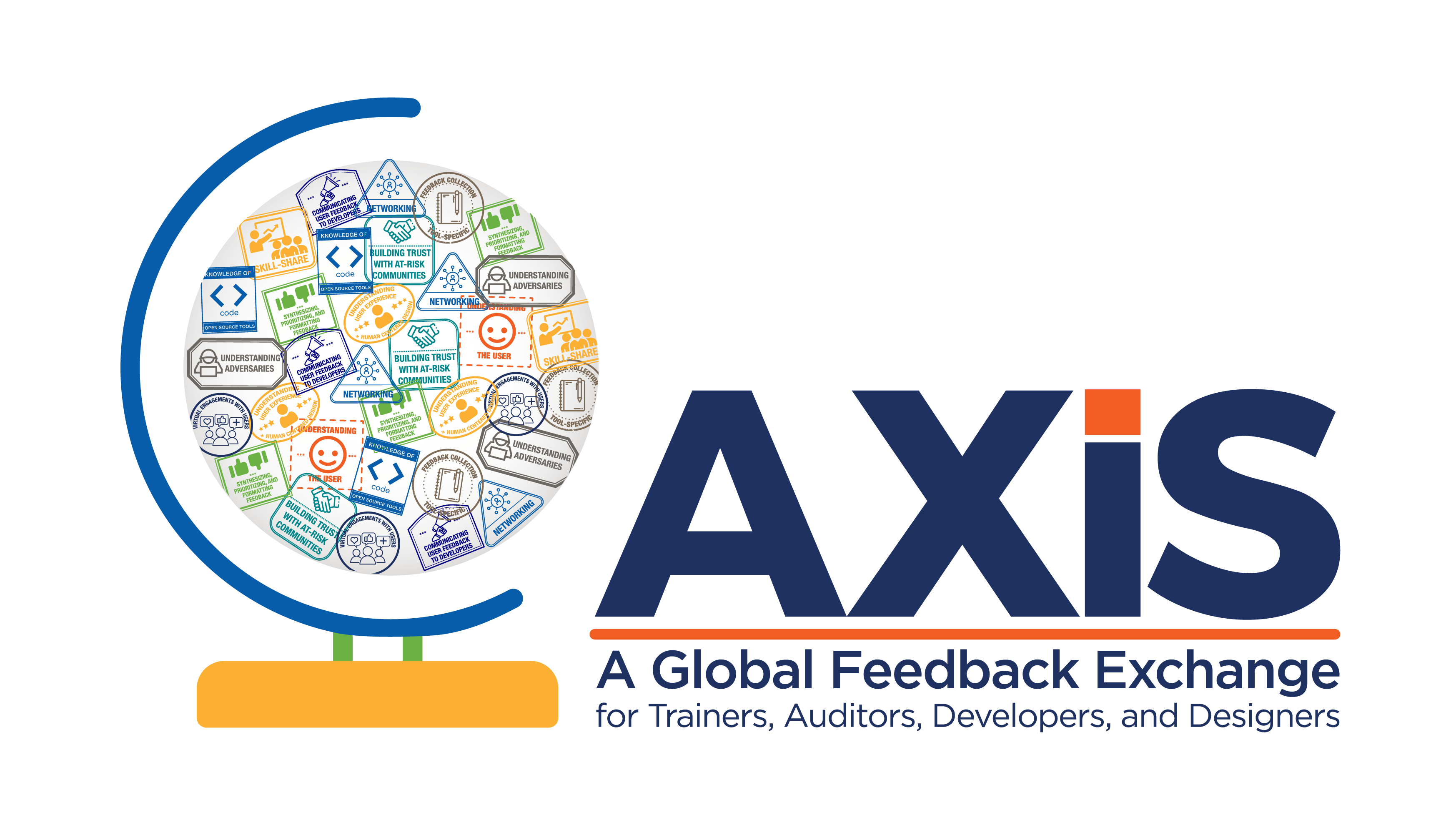Internews
UX Feedback Collection Guidebook
Many of the most at-risk communities around the globe rely on open source privacy and security tools. However, these tools are often designed, developed, and maintained by individuals or small teams who have little to no access to their target audience — journalists, activists, human rights defenders, and other high-risk groups. This often results in tools that poorly fit the threats, challenges, and/or accessibility or usability requirements of end-users.
To further facilitate feedback loops between tool developers and the at-risk communities using those tools, Internews worked with trainers, designers, and developers from around the globe to create the UX Feedback Collection Guidebook a compilation of activities and resources designed to integrate feedback collection into existing digital security training frameworks. These activities and resources allow trainers, auditors, and facilitators to collect relevant and useful feedback from high-risk users that are typically underrepresented in the design and development of open source privacy and security tools.
The Guidebook equips digital security trainers and other trusted facilitators with the skills and resources they need to:
- Safely gather information around end-users’ needs, practices, and operating environments
- Collect tool-specific feedback from at-risk users
- Synthesize, prioritize, and structure information or feedback
- Share information or feedback with relevant developers or tool teams
This resource will help practitioners understand the value and process of capturing feedback where possible and how to share it with developers. When done effectively, this process can transform the design and development of the most commonly used privacy and security tools for at-risk users.
Okthanks
In our work, we rely on our trusted local partners to help us understand the needs and desires of communities. Activities and frameworks serve as a guide, so that our partners know which questions to ask and what information is needed to inform the design of a tool. The Exploratorium contains many of the methods and activities we use in our practice when conducting user research, engaging communities in the design process, and measuring impact.
THE EXPLORATORIUM
The Exploratorium is a collection of activities that seeks to inspire participant engagement and foster relationships built on trust, inclusivity, and freedom, so all voices are heard and represented. They can be used as part of a user research plan or for gathering feedback. These activities aim to cultivate honest input, and generate meaningful and actionable insights. Use them in a group setting, at an event, or in a virtual focus group.
Keeping individuals safe and implementing privacy-preserving measures when engaging is very important. ‘Our Research Principles’ outline some of the questions we discuss as a team and with our partners when planning an engagement. Before deploying an activity, please consider how you are protecting the safety and privacy of participants.
- You can find all the activities on the Exploratorium page of our website: https://okthanks.com/exploratorium.
A facilitator guide accompanies every activity, outlining everything you need to know to deploy the activity, along with ideas for remote or virtual deployment! We understand how important it is to localize activities and currently have a few options localized, but would love to work together to do more!
To learn more about ways to utilize an Exploratorium activity within your program visit our blog post entitled, “10 Activities to Engage Communities and Gather Feedback.”
We would love this collection to grow, so if you have activities you love, feedback on these activities, or ideas for activities you’d like to see, contact us on Signal or WhatsApp @ +1 209.396.5087 or through email at [email protected].
Simply Secure
Gathering feedback can feel overwhelming! We’ve developed a number of resources — lightweight guides and templates — to try to make it easier to add into your regular engagements with people in your communities, at trainings, or convenings depending on the type of feedback you are interested to collect. As we’re frequently working with high-risk participants, we also prioritize safety and security as part of our feedback gathering practice.
If you are new to gathering feedback, it might be best to start with the beginners section of our Knowledge Base or with our UX Starter Pack. Interviews and surveys are great methods for getting in-depth, qualitative and open-ended feedback, but we’ve also found it can be helpful to invite people to draw and annotate feedback on paper. We’ve shared an example exercise like this in our App Feedback Gathering Guide and our Design Spot: Quick Tool Feedback video. These tools and methods can be useful to developers, designers, trainers and auditors and are intended to help bring to light challenges that people have using different tools.



